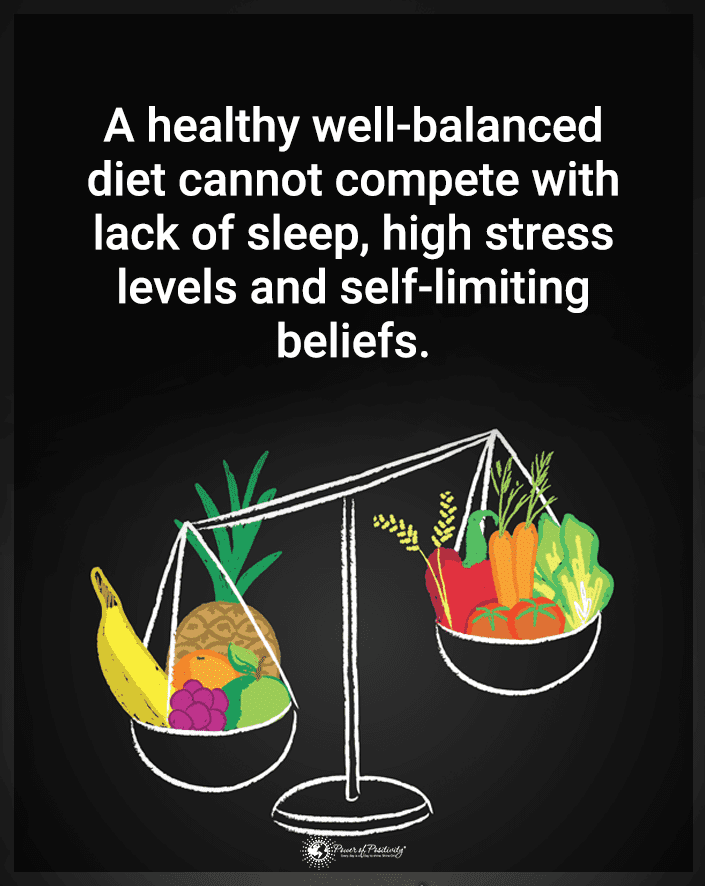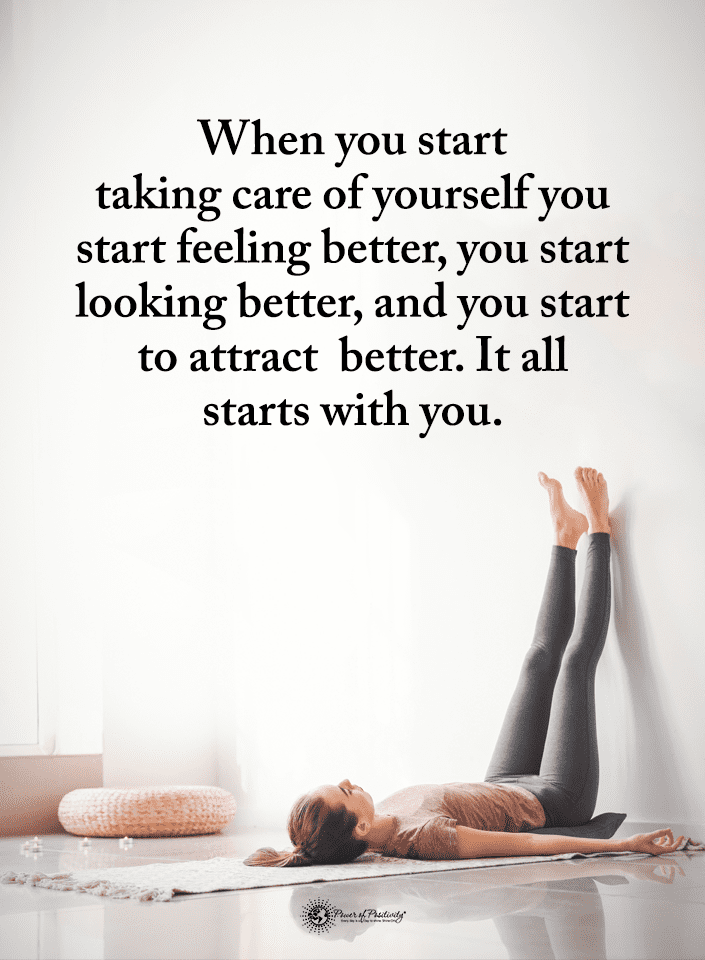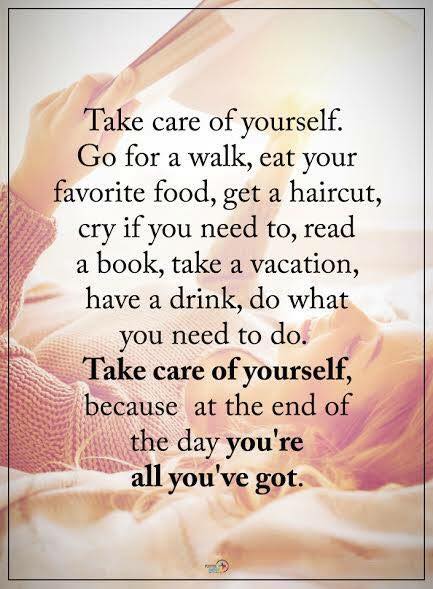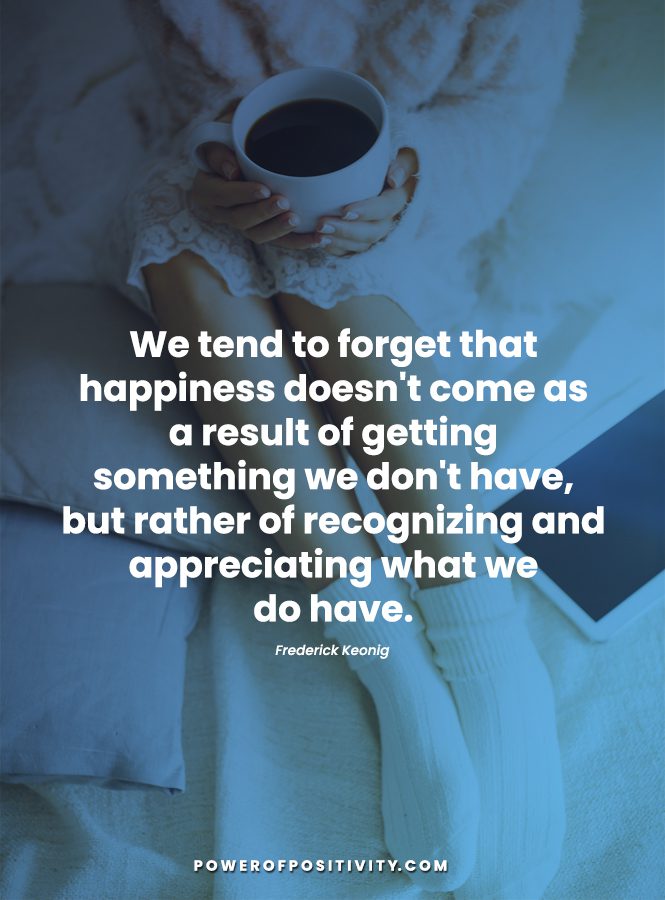Beyond the obvious advantages of regular physical activity, many lesser-known benefits of exercise can significantly enhance your quality of life. Learning how exercise improves health can encourage you to maximize it.
The most well-known benefit of exercise includes controlling your weight. Most people understand this benefit, but there are other reasons to exercise daily that you might not know.
You’ll want to start immediately once you know the importance of regular exercise. Even when you feel like skipping your exercise routine, you can remember these reasons to make it happen.
10 Benefits of Exercise Everyone Should Know
You likely know that physical activity is beneficial, but there are lesser-known reasons to exercise. Before starting a new exercise regime, check with your doctor to ensure it’s safe.

#1: Enhances Brain Function
One of the best benefits of exercise is that it stimulates brain activities. Exercise and brain health are connected because physical activity can improve feelings of anxiety or other mental health issues. It can boost memory and learning because it improves cognitive function by stimulating the creation of new neurons.
Regular exercise promotes brain plasticity so your brain can adapt and change based on your surroundings. You’ll recover from injury or aging more easily, and it allows your brain to form connections that boost attention and memory. Physical activity also improves blood flow so nutrients and oxygen can travel to your brain for optimal functioning.
#2: Promotes Better Sleep
Regular physical activity boosts hormone production, showing a link between exercise and sleep quality. Hormonal production can help you sleep better at night and reduce daytime fatigue. You’ll fall asleep faster and experience fewer symptoms of sleep disorders.
Exercise promotes sleep quality and can help you regulate your sleep patterns. If you exercise at least an hour before bed, your body temperature will fall asleep 30 to 90 minutes later, helping you feel sleepy. Pay attention to how long it takes until you feel tired, and adjust accordingly for your routine.
Remembering this benefit of exercise can help you stay consistent in your routine. You’ll have more energy and feel ready to take on any task that comes your way.
#3: Boosts Immune System
Research shows physical activity strengthens your immune system in several ways, linking exercise and immunity. It improves immune cell circulation, so lymph moves into the bloodstream.
Regular physical activity can help decrease inflammation, further boosting immunity. It also reduces your risk of getting sick by helping flush bacteria from your lungs and airways.
Benefits of Exercise #4: Improves Gut Health
Research links exercise and gut health as it improves gut flora and digestion and decreases your risk of gastrointestinal disorders. Regular physical activity reduces inflammation and intestinal leaking. It also stimulates good bacteria production and improves your gut barrier function.
#5: Reduces Chronic Pain
Studies show regular physical activity can ease chronic pain by reducing your sensitivity. It also boosts physical function to improve your quality of life. Exercise and pain relief allow you to do things you couldn’t do otherwise while boosting your performance at work and home.
#6: Enhances Skin Health
Exercise and skin health are correlated because physical activity boosts blood flow. As blood flow increases, oxygen and nutrients move to your cells to keep your skin healthy. It also promotes removing waste products like free radicals from your cells.
Another benefit of exercise for skincare is that it boosts collagen production. Collagen improves your skin tone and texture, preventing wrinkles and other issues.
#7: Reduces Anxiety and Depression
The mental benefits of exercise are plentiful and include reducing anxiety, depression, and stress while boosting your mood, self-esteem, and confidence. Exercise and mental well-being are linked because physical activity triggers the release of chemicals into your brain, reducing negative feelings and promoting a positive outlook.
Benefits of Exercise #8: Strengthens Bones
Many people don’t realize that weight-bearing exercises and bone density are connected. Regular physical activity strengthens bones and builds muscle, decreasing your risk of experiencing osteoporosis. Healthy bones and muscles also promote balance and coordination, reducing your fall risk and helping you effectively perform daily tasks.
Weight-bearing exercises require being on your feet and using your legs. They work out your muscles and bones to stimulate bone tissue production and make them more dense.
Some ideas for weight-bearing exercises and activities include:
- dancing
- hiking
- jumping rope
- jogging
- walking
- playing tennis
- stair climbing
- practicing yoga
- golfing
- aerobics
- gardening
- standing on one leg
#9: Boosts Creativity
Exercise can promote creativity by encouraging divergent and convergent thinking that helps you with creative outlets. Convergent thinking focuses on logic, and divergent thinking promotes finding unique ideas to overcome challenges.
Exercise and creativity are also linked because it improves your mood and helps you release negative thoughts and feelings. Releasing these negative emotions may help you experience a more creative mindset. You’ll also experience memory improvement that helps you use your memories for creative ideas.
#10: Improves Eye Health
Physical activity helps reduce your risk of some eye diseases, linking exercise and eye health. It helps with preventing age-related macular degeneration and other conditions. Exercise also helps improve your vision and eye function by increasing circulation and reducing oxidative stress that harms your eyes.
#11: Enhances Flexibility and Posture
Exercise and flexibility improve your posture and make moving comfortably while doing your daily activities easier. Resistance training can strengthen your spine-supporting muscles and joints, and aerobic exercise strengthens muscles while improving body alignment.
Flexibility exercises can ease muscle tension and boost alignment to promote better posture. One idea to consider is doing yoga because it improves flexibility and posture while reducing your risk of injury.
#12: Increases Lifespan
Exercise and lifespan are correlated because regular physical activity promotes longevity and reduces your risk of early mortality. Moderate and vigorous exercise is best, but you can also experience benefits from light physical activity.
#13: Regulates Hormonal Balance
Research links exercise and hormonal balance in a few ways. First, it can trigger an endocrine response and promote hormonal regulation to improve overall well-being.
You’ll experience a hormonal increase as you exercise, and afterward, these levels will return to the standard range to maintain your equilibrium. Some of the hormones exercise impacts include:
- Dopamine: lowers your stress levels and eases depression symptoms
- Estrogen: promotes bone health and collagen production
- Testosterone: supports cognition and red blood cell production and builds bone density and muscle tone
- Serotonin: improves your mood
Benefits of Exercise #14: Improves Social Connections
While you don’t have to join a gym or fitness class to exercise, it does provide benefits. Exercise and social connections are correlated as you work with others to achieve a similar goal. Group fitness classes allow for getting guidance or support from others and remind you that you aren’t alone in your journey.
You’ll likely make new friends who can help motivate you by holding you accountable as you strive to reach your goals. It also gives you a sense of belonging because you’re surrounded by other people dedicated to exercise.
#15: Reduces Risk of Chronic Diseases
Exercise and disease prevention are linked, with physical activity helping you live a longer, healthier life. It can help reduce your risk of developing chronic diseases and manage symptoms of existing health conditions. When you think about why exercise is essential, this benefit should top the list because it can be life-saving.
How to Reap the Benefits of Exercise: Getting Started
Any amount of exercise is better than living a sedentary life. It’s okay to start slow and challenge yourself a little at a time. Keep pushing yourself to the next level and before you know it, you’ll perform exercises in ways you never thought possible.
Starting an exercise regimen won’t seem daunting as you become more comfortable. You don’t have to join a gym unless you want to because you can do plenty of workouts at home.
Here are some tips to help you get started:
- Choose exercises you enjoy: You’ll stay motivated to do your routine when you enjoy what you’re doing. Consider things you like to do and implement those activities into your regime.
- Talk to a healthcare professional: A professional can provide guidance and help you create a safe plan. They’ll tailor the regime to your individual needs, helping you achieve your goals.
- Set small, realistic goals: Break down your goals into small steps to help you stay motivated. As you reach these small milestones, you’ll gain motivation to continue.
- Start slow: As you get comfortable with your routine, increase the duration or intensity of your workout. Continual progression ensures you continue experiencing the benefits.
Final Thoughts on the Benefits of Exercise and Well-being
The unexpected benefits of exercise improve nearly every aspect of your life. Exercise and holistic health both address all aspects of your health. The holistic benefits of exercise make it possible to do daily activities and improve overall health.
Everyone can experience the benefits of exercise if they’re willing to put in the effort. Plan a routine that includes different activities that promote endurance, balance, and strength. It boosts your overall well-being so you can experience the many benefits.









 · Failure Teaches Humility
· Failure Teaches Humility · Failure Prevents Rumination
· Failure Prevents Rumination Final Thoughts On Some Ways Failure Can Help Boost Productivity
Final Thoughts On Some Ways Failure Can Help Boost Productivity







